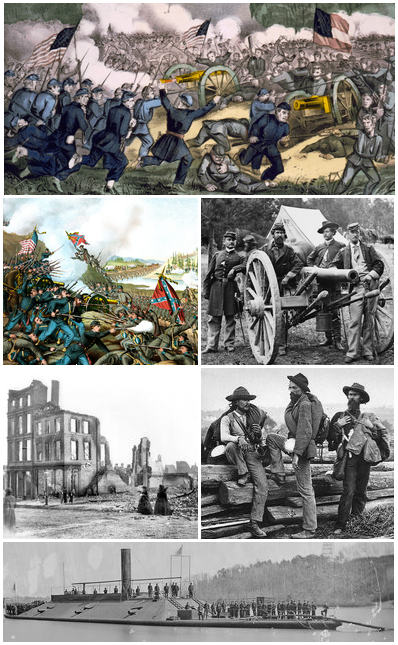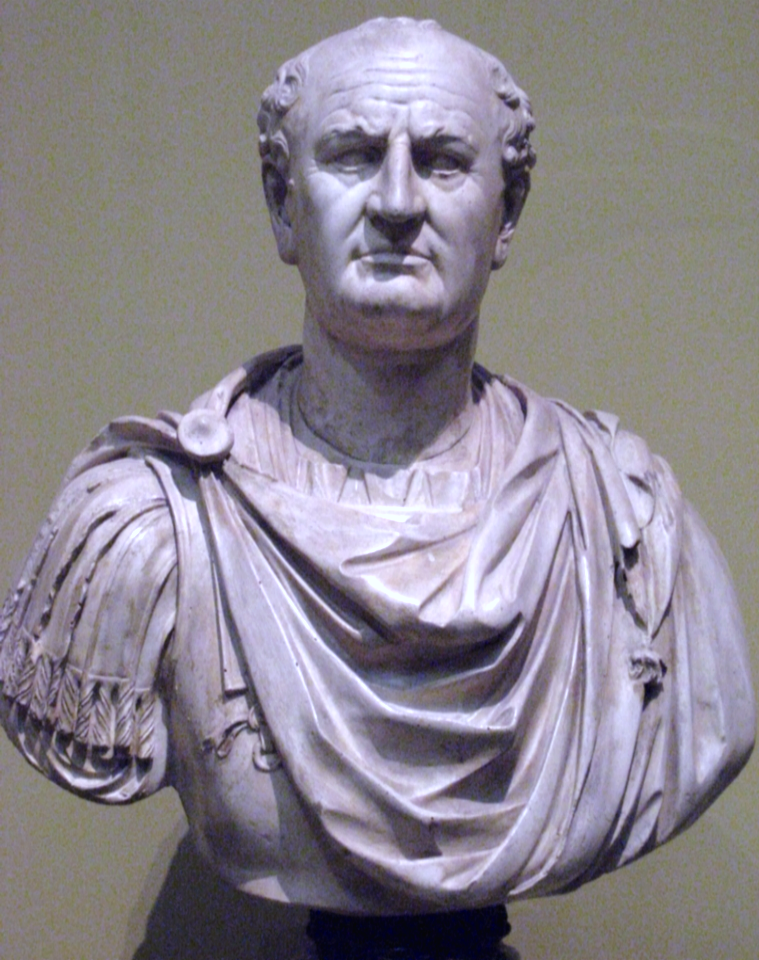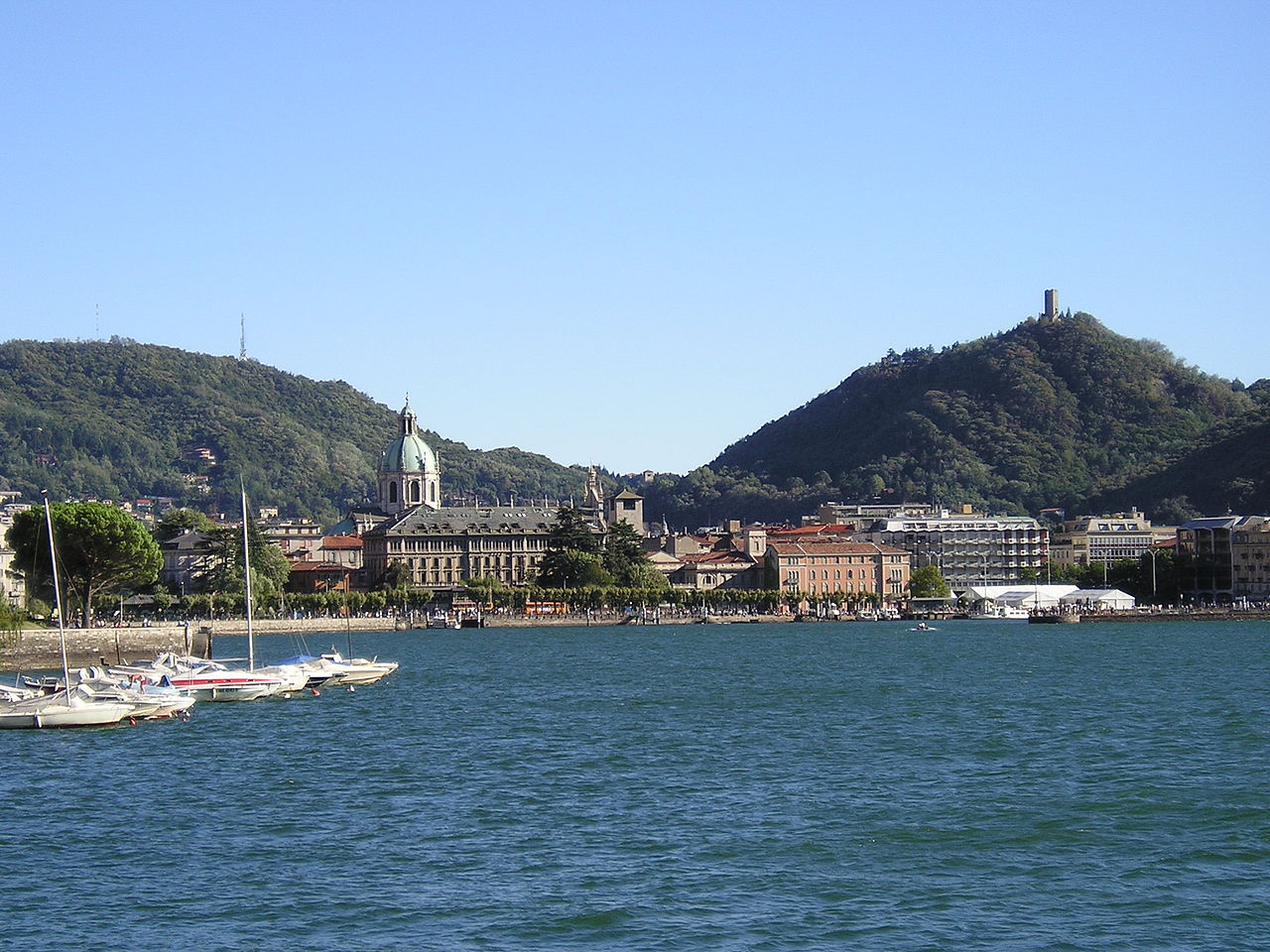Landschlacht, Switzerland, 11 October 2017
Watching American politics these days is like being witness to a horrific traffic accident:

You want to look away but somehow….
You just can´t.
So much every day exploding or threatening to explode in the overly Excited States of America.
And yet it is this constant turmoil of emotion and endless, neverending, eternal debating that goes on unceasingly in America that is both the country´s primary weakness and the nation´s greatest strength.
Two issues that keep resurfacing in America, and should keep resurfacing, are the removal of Confederate statues and the refusal to stand like a statue during the playing of the national anthem during a sporting competition.

Because both of these issues, at first glance appearing as much ado about nothing, are focusing on the past and the future.
America needs to look at the wrongs it has done to others, both foreign and domestic, and it needs to create a future where America truly becomes a shining example to others, both foreign and domestic.
Black Americans want Confederate statues removed because those commemorated fought for the right to enslave African Americans.

Above: Stone Mountain, Georgia
Colin Kaepernick refuses to stand up during the national anthem, because he believes that the flag, and the values it is supposed to represent – the ideals of equality and justice for all – has let down this generation of African Americans.
(Exactly when did nationalism need to be expressed during sporting events?)

Above: Colin Kaepernick

Little progress has been reported on the removal of Confederate statues in Southern states, but when Trump told the National Football League (NFL) owners that they should fire the SOBs who kneel when the anthem is played, a unity between white owners and black players seems to be developing.

Above: Donald Trump, Huntsville, Alabama, September 2017
Granted that the owners are reacting not out of idealism but rather the President´s words affect their profits and they don´t like to be bullied by anyone even if he is the President.

But the show of solidarity may help bring into focus the terrible injustice of white cops gunning down unarmed black folks and literally getting away with murder.
Perhaps White America that claims to espouse Christian values will once again be forced to acknowledge that America´s history of slavery and racism was not Christian nor Christ-like.
Perhaps White America that claims to be following the practices of Christ will realise that God, should He exist, loves all the world and that those who profess to follow the Christian faith should love the world as well.
Yet there are 1,503 memorials dedicated to Confederate soldiers – men who committed treason against their country – 718 of which are statues or monuments, and there are even 10 US military bases named after Confederate soldiers who fought against the US military.
(So far, at this time of writing, Austin, Baltimore, Birmingham, Bradenton, Columbus, Dallas, DC, Daytona Beach, Fort Warren, Gainesville, Helena, Kansas City, Lexington, Louisville, Lynchburg, New Orleans, Orlando, Reidsville, San Antonio, St. Louis and West Palm Beach are some communities who have removed their Confederate statues from public display.)
(Even in Montréal, Canada, a plaque in a Hudson´s Bay Company store recalling Confederate President Jefferson Davis´ brief stay – installed by the United Daughters of the Confederacy in 1957 – was removed after the Unite the Right Rally in Charlottesville in August 2017 turned violent.)
Many in the South still believe that the Civil War was about states´ rights not about the preservation of the institution of slavery, despite written proclamations by these seceding states of their desire to struggle to perserve the right to own other people.

Above: Scenes from the American Civil War (1862-1865)
“If white nationalists and neo-Nazis are now claiming this as part of their heritage, they have essentially co-opted these images and these statues beyond any capacity to neutralise them again.” (Eleanor Harvey, Smithsonian American Art Museum)
The history these monuments celebrate tell only one side of the story, one that is openly Confederate.
These statues were erected without the consent or input of African Americans, who remember the Civil War far differently and who have no interest in honouring those who fought to keep them enslaved.
Perhaps it is human for people to want to distance themselves from the unpleasant reminders of their history, but there is a danger of distorting the reality of that past the further we try to separate ourselves from the shadows of our dark heritage.
Though we are not personally responsible for what our ancestors did, we can´t ignore the heritage and the legacy that remains because of their actions.
And the timing of the raising of these monuments is also curious….
Most Confederate monuments were raised during the first two decades of the 20th century (a time of repressive laws against African Americans) and the 1950s and 60s when civil rights movements were struggling to be heard, as a means of intimidating African Americans and reaffirming white supremacy.

Above: Lowering of Robert E. Lee Monument, New Orleans, 19 May 2017
Statues send messages.
Statues glorify people.
President Trump argues that the removal of Confederate flags and monuments is liberals trying to take away America´s culture, America´s history.

Above: Planned removal of this Robert E. Lee scuplture in Charlottesville, Virginia, has sparked protests and counter-protests, resulting in three deaths.
(Six states, formerly Confederate states, have passed laws prohibiting the removal of monuments: Alabama, Mississippi, North Carolina, South Carolina, Tennessee and Virginia.)
“These laws are the Old South imposing its moral and political views on us forevermore.
This is what led to the Civil War, and it still divides us as a country.
We have competing visions not only about the future but about the past.”
(Stan Deaton, Georgia Historical Society)
And though there is a danger of judging historical figures by modern standards, keeping Confederate statues on public exhibit keeps open the sores of American history, gives approval to the Confederacy for its actions of treason against the nation in defence of an action that is immorally indefensible and is a constant reminder of the African American´s inequality in the past and continued acceptance of the African American´s inequality at present.

Above: The Confederate Soldiers Memorial, Durham, North Carolina, pulled down by protesters, 15 August 2017
I was reminded of the problems that America has during my summer vacation this year, and not by reading Facebook or picking up a copy of the International New York Times, but by visiting the Cathedral of Como and remembering history.
Como, Italy, 2 August 2017
Como is an elegant town with a stunning lakeside location, a splendid and fascinating city full of history, situated at the foot of the west branch of the Lario River.
Como was founded by the Romans in 59 BC with the name Novum Comum, and to this day is the site of a magnificent town centre and a pedestrian zone surrounded and protected by powerful walls.
Piazza Cavour is a modern square facing the water from where boats and ferries cut through the waters of Lago di Como to reach the lakeside towns.
A few steps away is the Piazza del Duomo, home to several interesting buildings, with the magnificent Duomo, the town cathedral, standing out.
Formerly the site of the early Christian Church of Santa Maria Maggiore, work on the Duono began in 1396.
It took nearly 400 years to complete this cathedral which encompasses elements of the diverse architectural styles that characterised four centuries: austere Gothic, elegant Renaissance, precious Baroque.
The white facade in marble is magnificent.
Many artists worked on the Duomo, but the Comoese consider the greatest contribution was made by the Rodari brothers.
These skilled scupltors are credited with the beautiful pair of podiums that frame the statues of Pliny the Younger (on the left) and Pliny the Elder (on the right) both illustrious citizens of Como in Roman times.
But…. here´s the rub….
Though there was, and is, nothing unusual about having classical figures feature in Christian churches, the presence of these two pagans, seems somewhat….
Inappropriate.
Caius Plinius Secundus, better known as Pliny the Elder (23 – 79 AD), was the creator of the most extensive, industrious and unscientific product of Roman science.

Above: Imagined portrait of Pliny the Elder
Though busy all his life as a soldier, lawyer, traveller, administrator and head of the western Roman fleet, Pliny the Elder wrote treatises on oratory, grammar, the javelin, a history of Rome, a history of Rome´s wars in Germany, and 37 books of natural history.
How he managed all this in 55 years is explained in a letter of his nephew, Pliny the Younger:
“He (Pliny the Elder) had a quick apprehension, incredible zeal and an unequalled capacity to go without sleep.
He would rise at midnight or at one, and never later than two in the morning, and begin his literary work….
Before daybreak he used to wait upon Vespasian, who likewise chose that time to transact business.

Above: Bust of Vespasian (9-79 AD), 9th Roman Emperor (69 -79 AD)
When he had finished the affairs which the Emperor committed to his charge, he returned home to his studies.
After a short light repast at noon….he would frequently, in the summer, repose in the sun, but during that time some author was read to him, from whom he made extracts and notes….as was his method with whatever he read.
Thereafter he generally went into a cold bath, took a light refreshment, and rested for a while.
Then, as if it were a new day, he resumed his studies till dinner, when again a book was read to him, and he made notes….
Such was the manner of his life amid the noise and hurry of the town.
But in the country his whole time was devoted to study, except when he was actually bathing.
All the while he was being rubbed and wiped he was employed in Hearing some book read to him, or in dictating.
In his journeys a stenographer constantly attended him in his chariot or sedan chair.
He once reproved me for walking.
“You need not have lost those hours, ” he said, for he counted all time lost that was not given to study.”
Pliny the Elder´s one-man encyclopedia summarised the science and errors of his age.
“My purpose is to give a general description of everything that is known to exist throughout the Earth.”
He dealt with 20,000 topics and apologised for omitting others.
He referred to 2,000 volumes by 473 authors and admitted his indebtedness by name with a candor exceptional in ancient literature.
Pliny the Elder began by rejecting the gods.
They are, he thought, merely natural phenomena, that is, the sum of natural Forces, and that gods pay no special attention to mundane affairs.
He was not content with natural history.
He also wished to be a philosopher.
Throughout his pages, he scattered comments on mankind.
He thought the life of animals is preferable to man´s, for animals never think about glory, money, ambition or death.
They can learn without being taught and never have to dress.
They do not make war on their own species.
Life, in Pliny the Elder´s estimate, gives us much more grief and pain than happiness, and death is our supreme boon.
After death, there is nothing.
No God or gods, no afterlife….
Not very Christian.
Though in Pliny the Elder´s defence, his final actions alive were very Christlike, in that he sacrificed himself to save others.
On 24 August 79 AD, Pliny the Elder was stationed at Misenum, at the time of the great eruption of Mount Vesuvius, which overwhelmed Pompeii and Herculaneum.

He was preparing to cross the Bay of Naples to observe the phenomenon directly when a message arrived from his friend Rectina asking him to rescue her and Pomponianus.
Launching the galleys under his command to the evacuation of the opposite shore, Pliny himself took a fast sailing cutter.
As the light vessel approached the shore near Herculaneum, cinders and pumice began to fall upon it.
Pliny´s helmsman advised turning back, to which Pliny replied:
“Fortune favours the brave.
Steer to where Pomponianus is.”
They landed and found Pomponianus “in the greatest consternation”.
Pliny hugged and comforted him.
They could not find Rectina.
They loaded the cutter, but the same winds that brought it to Stabiae prevented it from leaving.
Pliny reassured his party by feasting, bathing and sleeping while waiting for the wind to abate, but finally they had to leave the buildings for fear of collapse and try their luck in the pumice fall.
Pliny sat down and could not get up even with assistance and was left behind.
His friends theorised that he collapsed and died through inhaling poisonous gases emitted from the volcano.

Above: Plaster casts of the casualities of the pumice fall, Pompeii
As he is described as a corpulent man, his friends left him because Pliny was already dead.
When Pliny the Elder´s nephew was born at Como in 61, he was named Publius Carcilius Secundus.
His father owned a farm and villa near the lake and held high office in the town.
Orphaned early, Publius was adopted and educated first by Virginius Rufus, governor of Upper Germany, and then by his uncle Caius.
This busy scholar made the boy his son and heir and died soon afterward.
According to custom, Publius took his adoptive father´s name, becoming known as Pliny the Younger (61 – 114 AD).

Above: Statue of Pliny the Younger, Como Cathedral
At 18, Pliny the Younger was admitted to the bar.
Pliny enforced the law with the officiousness of an amateur.
In a letter to Trajan:
“The method I have observed toward those who have been denounced to me as Christians is this:
I interrogated them whether they were Christians.
If they confessed it I repeated the question twice again, adding the threat of capital punishment.
If they still persevered, I ordered them to be executed….”
To which Trajan replied:

Above: Bust of Trajan (53-117 AD), 13th Roman Emperor (98-117 AD)
“The method you have pursued, my dear Pliny, in sifting the cases of those denounced to you as Christians is eminently proper….
No search should be made for these people.
When they are denounced and found guilty, they must be punished, but where the accused party denies that he is a Christian, and gives proof….by adoring our gods, he shall be pardoned.
Information without the accuser´s name subscribed must not be admitted in evidence against anyone.”
Should a killer of Christians be honoured outside the Cathedral?
Landschlacht, Switzerland, 12 October 2017
Why would the Cathedral honour the Plinys?
Because there weren´t enough Comoese of fame worth honouring?
Because the Cathedral wanted to remind people of the Church´s heritage stretched back to ancient Rome?
So should the Comoese petition the Cathedral to remove the statues?
Here is where America and Como share similar problems.
Argument 1: The statues are artistic masterpieces that should not be destroyed.
Fine.
Put them in a museum.
Argument 2: Where they are makes the landscape what it is.
Change happens.
Deal with it.
This is a generation that paves Paradise to put up a parking lot.
Argument 3: The events of the past have long passed and removal of the statues signifies to most people a destruction of their heritage and not an approval of all that was done in those days.
Yet those that know their history are reminded of the evil that was done by these supposedly good men being honoured by monuments.
Those who don´t know their history see these monuments and falsely believe that those being honoured must deserve to be.
Should we forget the pain, suffering and sorrow the South endured in its struggle to be free?
No.
But we must not forget that within the nation that presently exists these Southern good ol´ boys committed treason in the cause of the preservation of slavery.
Let us remember them in books and museums, but not as everlasting symbols approved as civic models in town squares or on the side of mountains.
Should we forget the achievements of Pliny the Elder as a writer and attempted saviour of the victims of Vesuvius?
Should we forget the achievements of Pliny the Younger as a lawyer and author?
No.
But let us not honour them as symbols of Christianity.
Black Americans do not deserve to be reminded of how they were once slaves and how inferior they were (and sadly often still are) made to feel by white Americans.
It is one thing to sadly recall the days of Christian martydom at the hands of the Roman Empire.
But let´s not put a non-believer in God and a persecutor of Christians in places of honour on a cathedral.
Let us remember history as it was, not how we wish it were.
Let us honour those deserving of honour and not honour those unworthy.

Sources: Wikipedia / Will Durant, The Story of Civilization: Caesar and Christ / Lonely Planet Italy / Rough Guide Italy



